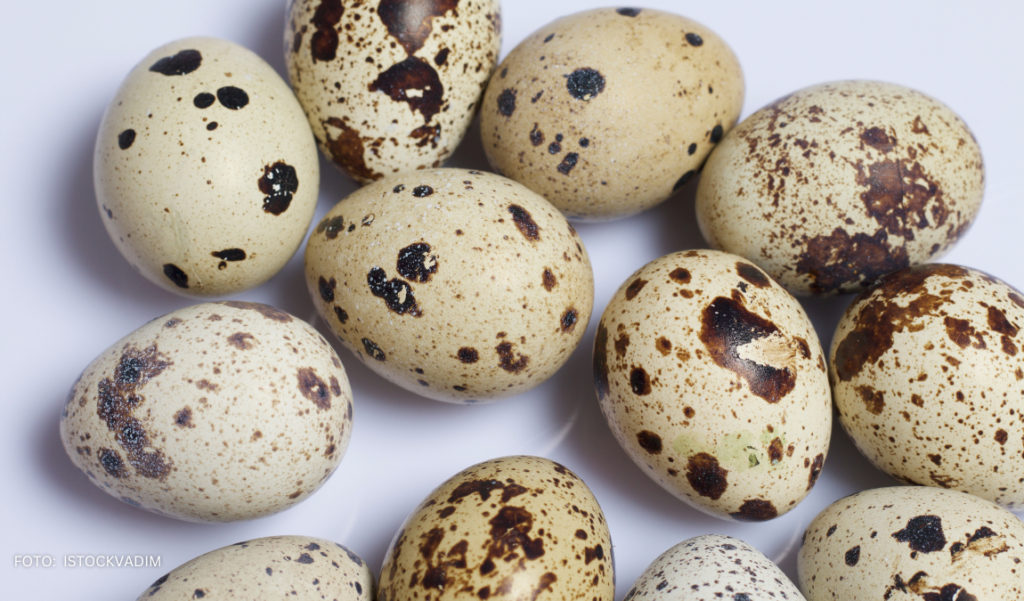Protected species of the month: Common Quail
The quail is a small bird from the pheasant subfamily, measuring only 16 - 18 cm in length. The bird's weight is also minimal, typically ranging from 70 - 140 grams. The heaviest weights are observed before migration begins and at the end of the breeding season. It is also noted that female quails are often slightly heavier than males.
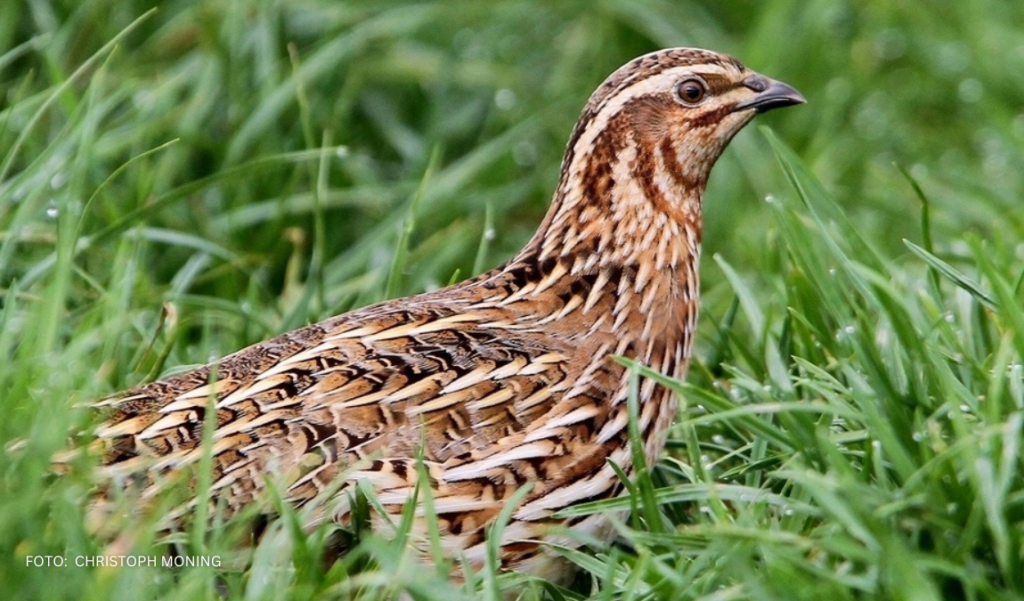
Quails are adorned with a mottled yellow-brown plumage, featuring a mix of lighter and darker stripes. The underside is white, and males have a white stripe above the eyes, resembling eyebrows. This terrestrial species mostly prefers a diet of various seeds and small invertebrates.
The quail has a wide distribution range and can be found across most of Europe, parts of Western Asia, and Africa. It is a migratory bird.
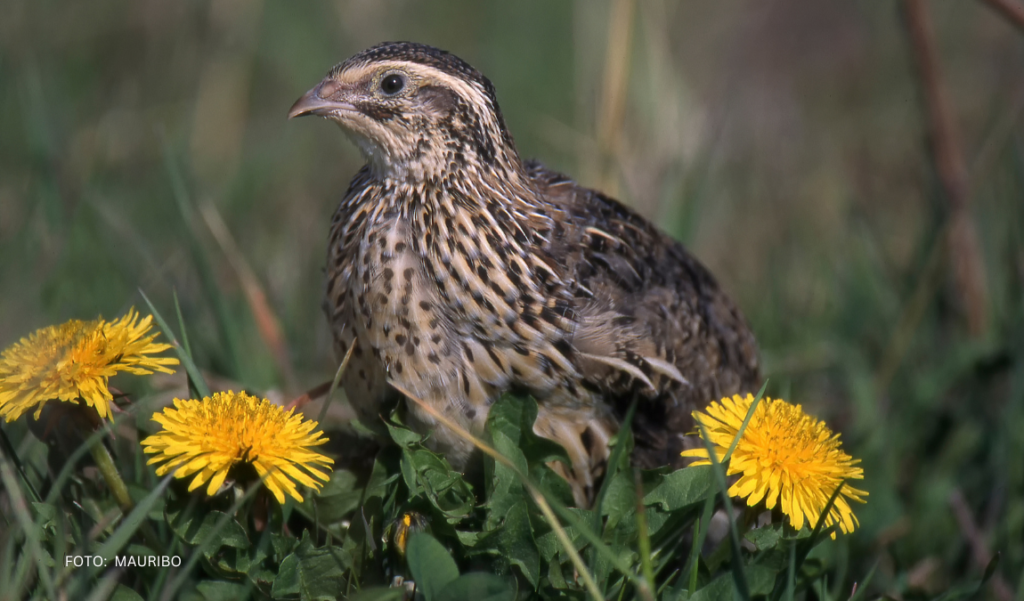
Quails inhabit terrestrial environments in temperate climates and tropical zones. They are most commonly found in grassland habitats, especially in very long and thick grass. The species does not favor forest edges and meadow margins as much but can be seen in cereal fields. Quails are challenging to spot in the wild as they hide in crops or long grass and are reluctant to fly. To avoid potential threats, quails prefer to run rather than fly. If startled, they will usually take to the air for a short distance before landing elsewhere in the grass to hide again. Therefore, quails are more often heard than seen, especially recognizable by the males' singing, most commonly heard in the mornings and evenings.
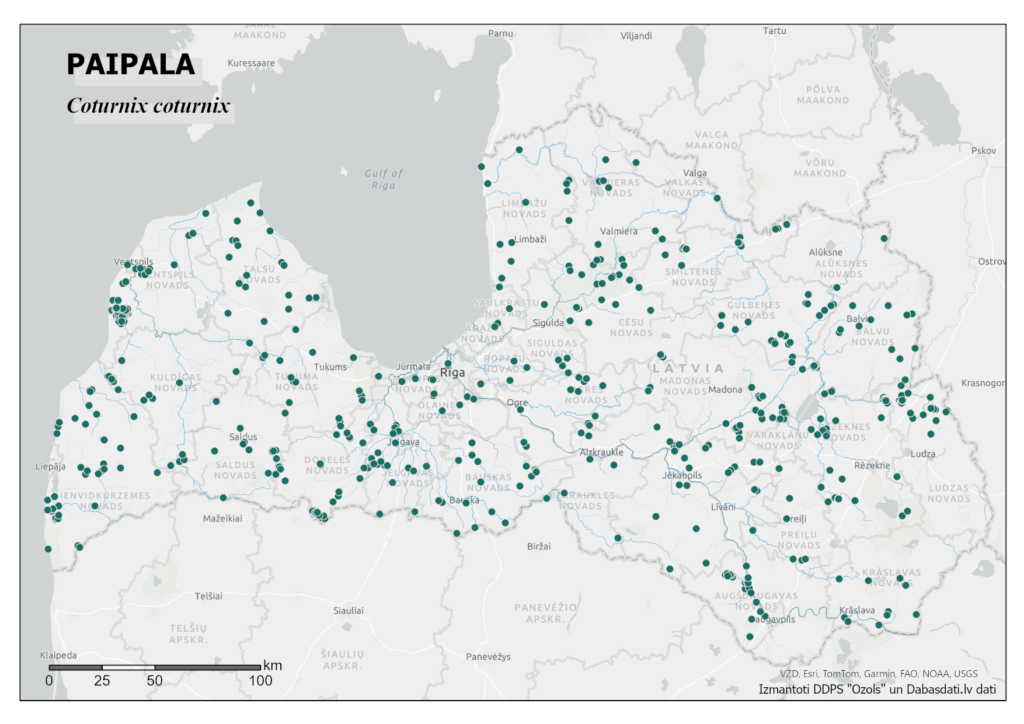
In the wild, quails do not have monogamous relationships, as males mate with several females. Females also mate with multiple males, though less frequently.
In the nesting areas, male quails arrive first and announce their presence with loud singing. When a female arrives, the pair selects a nesting site. The male performs a courtship dance for the female with low-slung wings, ruffling the feathers on his neck and chest.
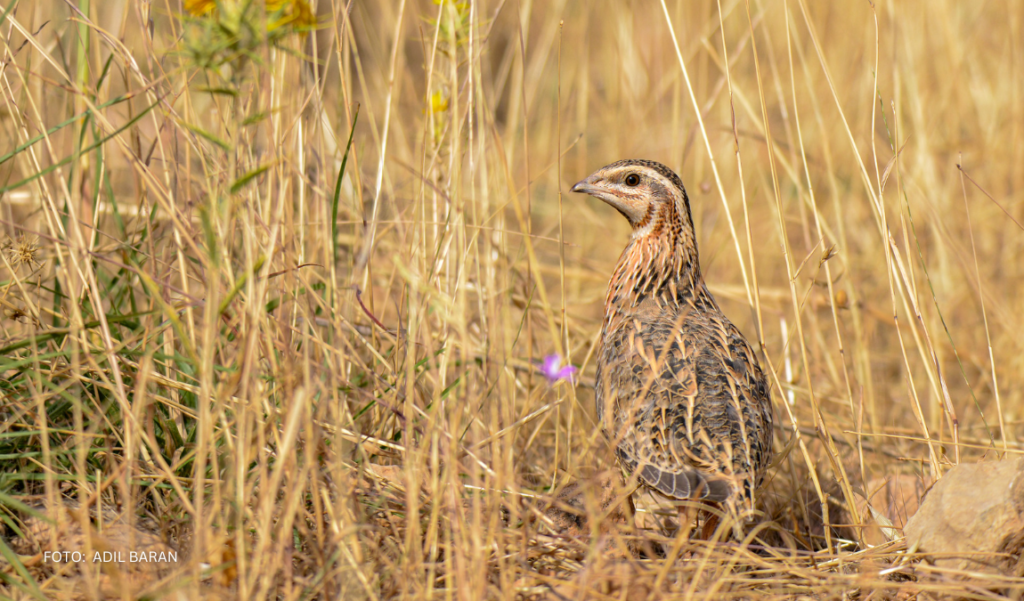
The quail's nest is built in long grass. A wild quail egg weighs approximately 8.5 grams, is greyish or light brown with brown speckles. A typical clutch contains 8—13 eggs. The incubation period lasts 17—20 days. In Europe, nesting most often occurs from May to August. Young quails are capable of flight at just under 2 weeks old.
